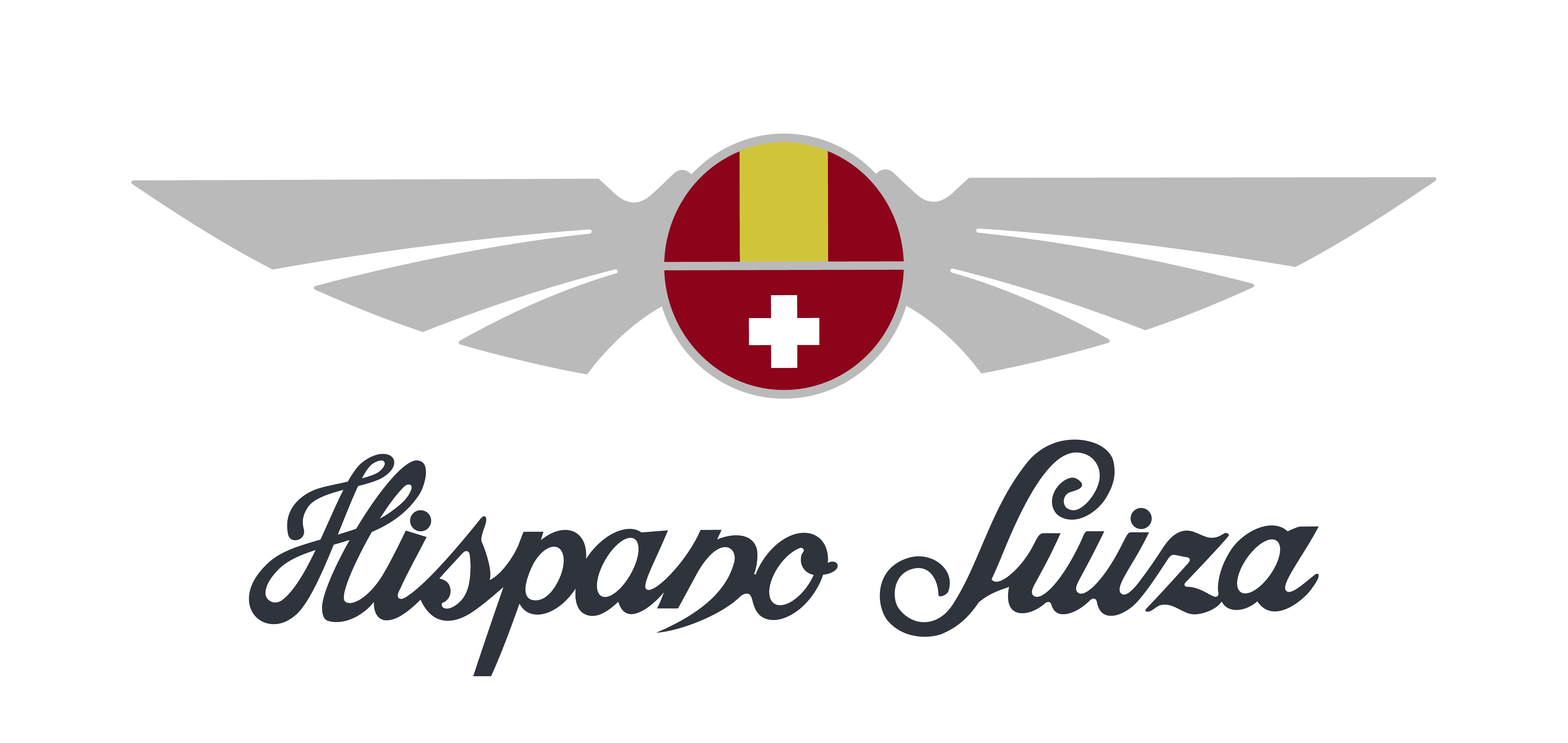In 1898, a Spanish artillery captain, Emilio de la Cuadra, started electric automobile production in Barcelona under the name of La Cuadra. In Paris, Emilio de la Cuadra met the Swiss engineer Marc Birkigt and hired him to work for the company in Spain. Under his direction, two types of La Cuadra gasoline-powered engine cars were started immediately, one equipped with a 4.5 hp single-cylinder explosion engine and another 1.1-litre two-cylinder model, 7.5 hp. In 1900, these two explosion engines were the first designed and built in Spain by La Cuadra from a Birkigt design. These cars had four wheels, the previous two directional, clutch mechanisms, 3-speed gearbox, chain drive and suspension by crossbows. Two complete vehicles were completed, and there were some more under construction. At some point in 1902, the ownership changed hands to José María Castro Fernández and became Fábrica Hispano-Suiza de Automóviles (Spanish-Swiss Automobile Factory) but this company went bankrupt in December 1903.
Yet another restructuring took place in 1904, creating La Hispano-Suiza Fábrica de Automóviles under Castro's direction, also based in Barcelona. Four new engines were introduced in the next year and a half; a 3.8-litre and 7.4-litre four-cylinder and a pair of big six-cylinder engines were produced. This company managed to avoid bankruptcy and its largest operations remained in Barcelona until 1946, where cars, trucks, buses, aero engines and weapons were produced. Other factories in Spain were at Ripoll, Seville, and Guadalajara.

